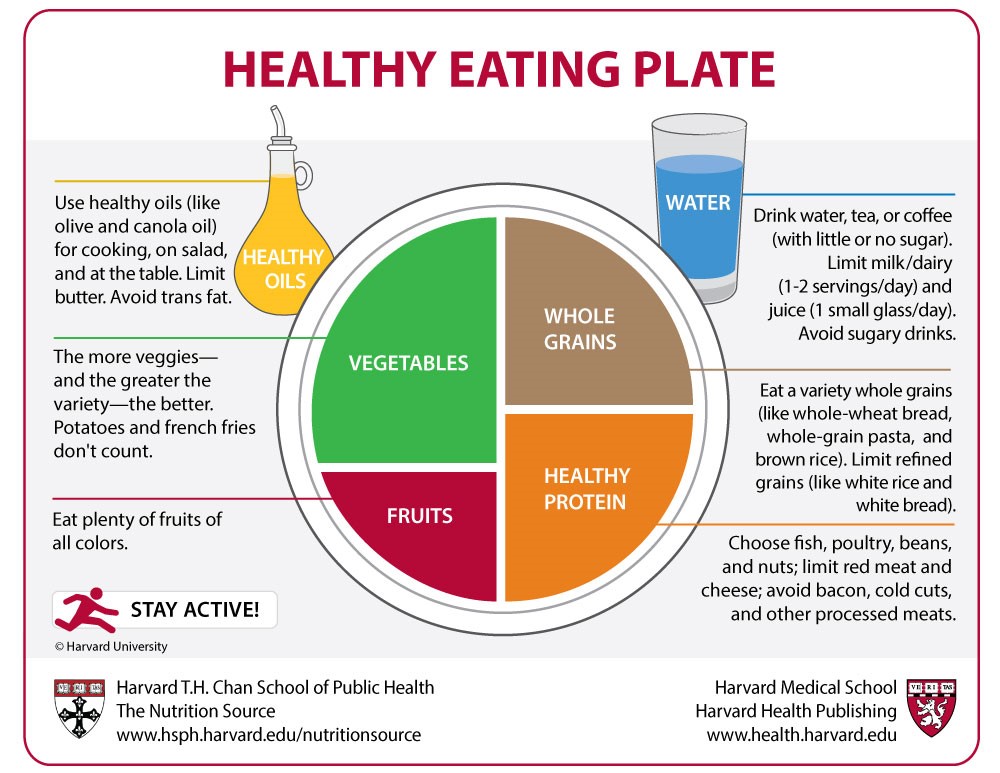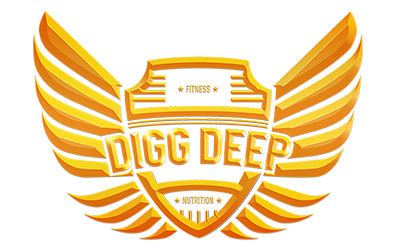Growing up in my grandmother’s house, I was always surrounded by great food.
It didn’t really matter what was for dinner. I knew it was going to be good. And since it was so good, getting seconds AND thirds was always the norm.
There were many nights when I ate until I was full and then ate some more because it was so delicious.
I’m sure most of us ate that way as a child. The problem is, these childhood habits have been carried into adulthood, causing us to overeat.
We never quite learned how much food we’re supposed to eat, and many of us still follow rules for the clean plate club, regardless how much food is on our plates.
One of the most important ways to gauge whether or not you’re overeating is by monitoring your portion sizes.
Sometimes it’s not WHAT you eat, but HOW MUCH you’re eating. Even too much of a good thing is no longer a good thing!
Use Your Hand

Your hand is a very convenient guide to use to evaluate your portion sizes.
For meat, poultry, and seafood, on average, your protein source should be about the size of the palm of your hand. Quick reminder that your palm does not include your fingertips 😉
Depending on your fitness goals and how many times a day you eat, you may require a little bit more, but your palm is a great starting point.
For carbs, you can use the size of your fist. When you close your hand and form a fist, that should be about the amount of carbs on your plate.
I know many of us may eat two or three fist sizes of carbs, especially when going out to eat. For this reason, many of our meals are TOO carb heavy.
Use your fist to gauge your portion size of carbs, like rice, pasta, quinoa, beans, lentils, peas, corn, and fruit.
To measure fats, use the size of your thumb, which is around a tablespoon. Most meals will only require one serving of healthy fats like oils, nuts, and seeds.
The cool part about using your hand is that it is relative to your body size. In other words, a tall person will typically have a bigger palm than a smaller person and would also require more carbs and protein. So, hand size helps you gauge the appropriate amounts of macronutrients for YOU.
Most meals should be rounded out with 1-2 servings of non-starchy veggies. One serving of vegetables is also equivalent to the size of your closed fist.
To recap, your plate should look similar to this:

This diagram is a visual guide to double check your portions and ensure you are eating a balanced meal.
Using your hand, that’s one palm size of protein, one fist size of carbs, one to two fists of non-starchy vegetables, and an optional thumb size of healthy fat. Most people do not eat fruit with meals, so you can replace the fruit section with more veggies.
These are easy ways to check your portions without having to count calories and macros, but some fitness goals will require more accuracy.
WEIGHING AND MEASURING
Using your hand will allow you to guesstimate your portion sizes, but using a food scale and measuring cups helps you be even more precise.
Carbs
To precisely measure carbs, you can either use measuring cups or a food scale. I typically use a measuring cup for most carbs, but a food scale will be the most accurate. If using a measuring cup, serving sizes can range from ½ cup up to 2 cups, or more, depending on your fitness goal. A food scale would be needed for foods like baked potatoes.
Here are my recommendations for a moderately lower carb intake (around 35-40% of total calories), normally for reducing body fat:
-For 1200-1500 calorie diets, ½ cup to 2/3 cup per serving. Potatoes would weigh 4 to 6 ounces.
-For 1500-1800 calorie diets, 2/3 cup to ¾ cup per serving. 6 to 8 ounces for potatoes.
-For 2000-2500 calorie range, 1 to 1 ½ cups per serving. 8 to 12 ounces for potatoes.
-Over 2500 calories typically require 2 cups of carbs or more per serving. 14 ounces potatoes or larger.
Protein
Use a food scale to measure your protein need. Serving sizes typically range from 2oz. to 8oz. cooked. Keep in mind protein shrinks when cooked, so you will need to cook a larger amount than what you plan to eat. For example, chicken normally shrinks to about 70% yield, so you would need 4.3oz. raw to yield 3oz. cooked.
Here are my recommendations for a moderately high protein intake (around 30-35%), normally for reducing body fat:
-For 1200-1500 calorie diets, 2oz. to 3oz. cooked per serving
-For 1500-1800 calorie diets, 3oz. to 4oz. cooked serving
-For 2000-2500 calorie range, 5oz. to 7oz. cooked per serving
-Over 2500 calories typically require more than 7oz. per serving or splitting your protein intake into more meals.
Fats
Servings of fat are normally measured in tablespoons or ounces and are only needed in small quantities. Most diets include a moderate intake of fat, hovering between 20-30% of calories. One serving equals one tablespoon of oil, 1 ½ tablespoons of nut butters (ex. peanut butter), one ounce of nuts or seeds, or ½ of a medium avocado.
For moderate fat intake, most people require 3-4 fat servings throughout the day. Higher fat diets would be more individualized and depend on the diet being followed.
So, putting it all together, an example of a meal for a 1500 calorie diet would look like this:
2/3 cup carbs
3oz. protein
1 cup veggies
1 serving of fat (optional)
Regardless of your fitness goals, it is important to be aware of how much you are eating and to monitor your portion sizes. Use the estimations above as a starting point and increase or decrease, as needed. The recommendations are based on eating three meals and two snacks per day.




0 Comments